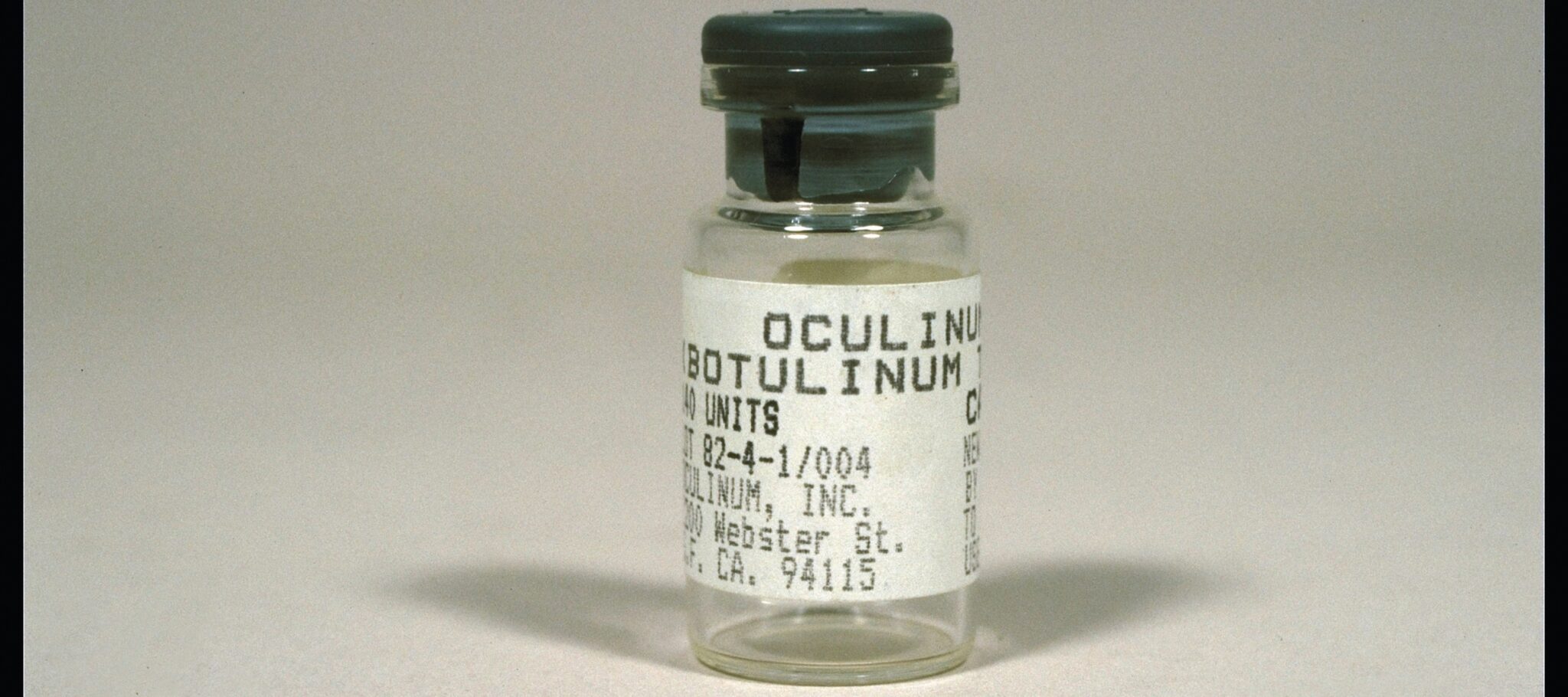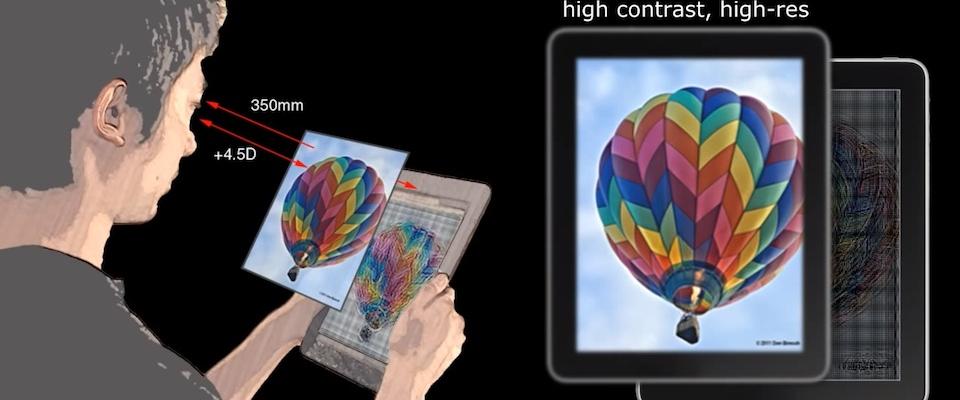Green Screen
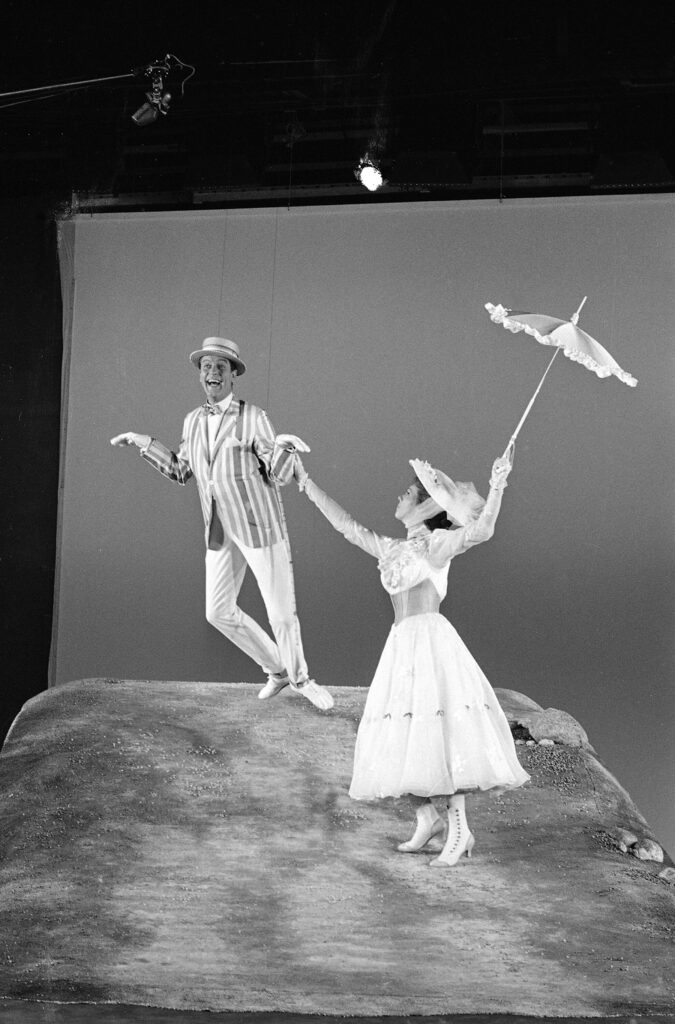
Petro Vlahos ’41 won an Oscar in 1965 for his technical wizardry on the Disney musical Mary Poppins. The scene where Dick Van Dyke dances with the penguins? Vlahos made that possible using a technique called sodium vapor process. He would ultimately claim 35 patents and win five Academy Awards for his refinements to chroma-key backgrounds (today widely known as green screens) which were used for special effects in films as diverse as Ben-Hur, The Parent Trap, and Star Wars.
Botox
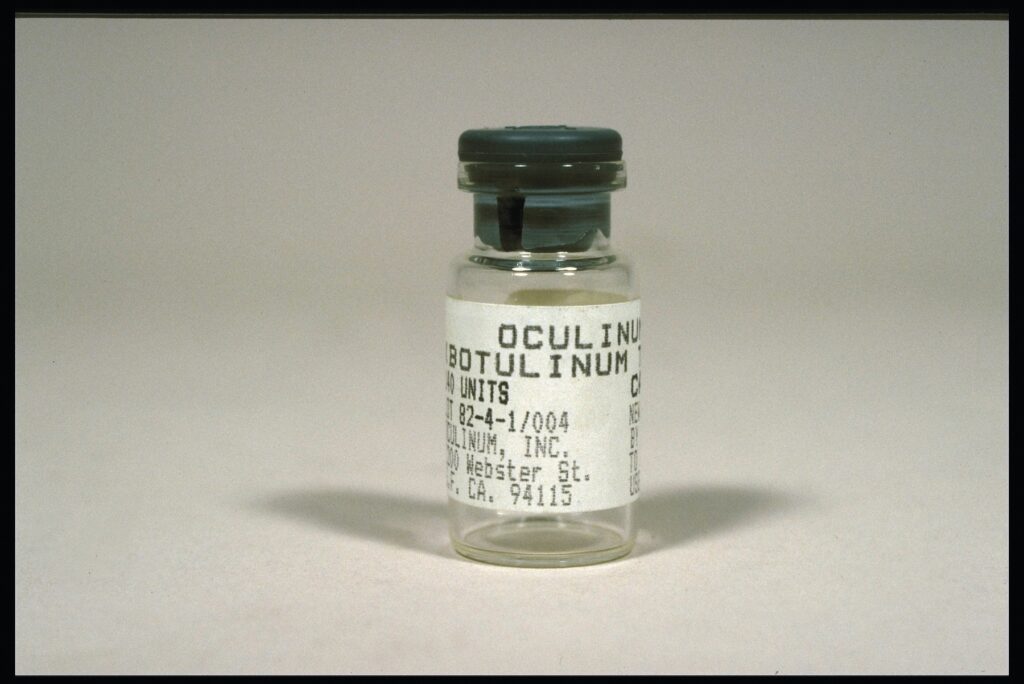
Berkeley alumnus and ophthalmologist Alan Scott ’53 was trying to cure strabismus (crossed eyes), not wrinkles, when he started experimenting with injecting botulinum toxin into human subjects. The so-called “sausage poison” was many times deadlier than cyanide, but Scott put it to therapeutic use, successfully treating strabismus and other disorders. Only after he sold the product did it become the cosmetic treatment known as Botox, a use Scott called “frivolous.”
Paradigm Shift
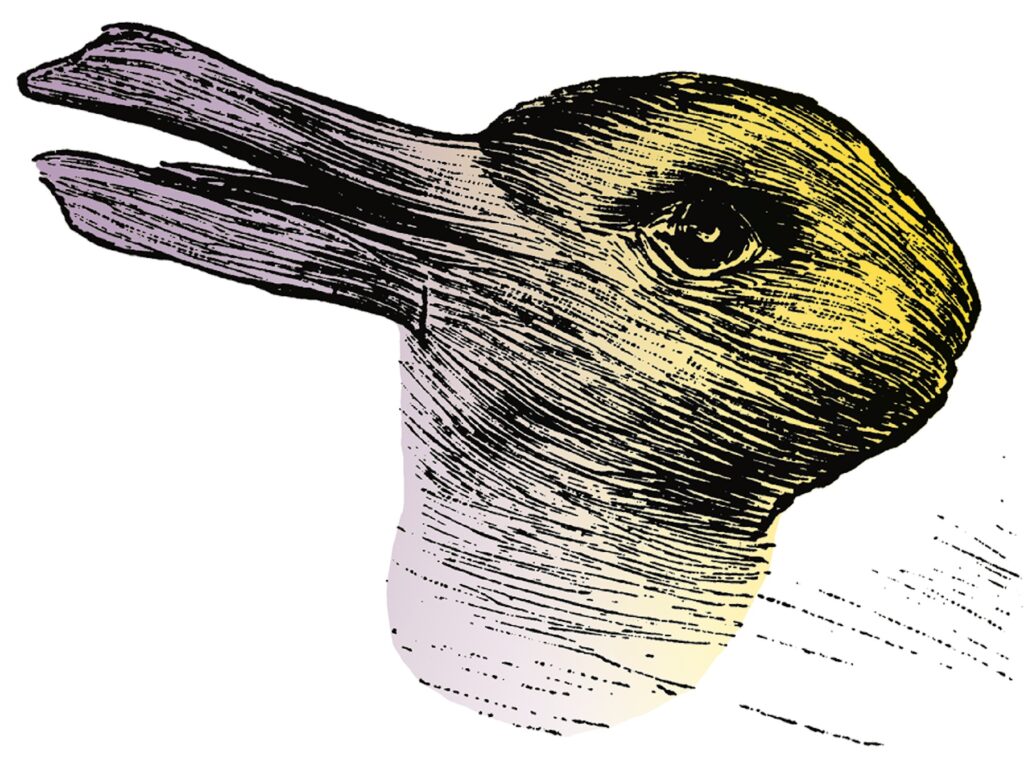
Philosopher and science historian Thomas Kuhn didn’t coin the term paradigm shift, but he popularized it with his 1962 opus The Structure of Scientific Revolutions, published while he was teaching at Berkeley. One of the most widely cited volumes in all the social sciences, Kuhn’s book argued that science operates under a dominant paradigm for long stretches until anomalous findings and contrary evidence lead to a crisis in the field and a paradigm shift results. Examples of past paradigm shifts include evolution by natural selection in biology, quantum mechanics in physics, and plate tectonics in geology.
Good Will Hunting
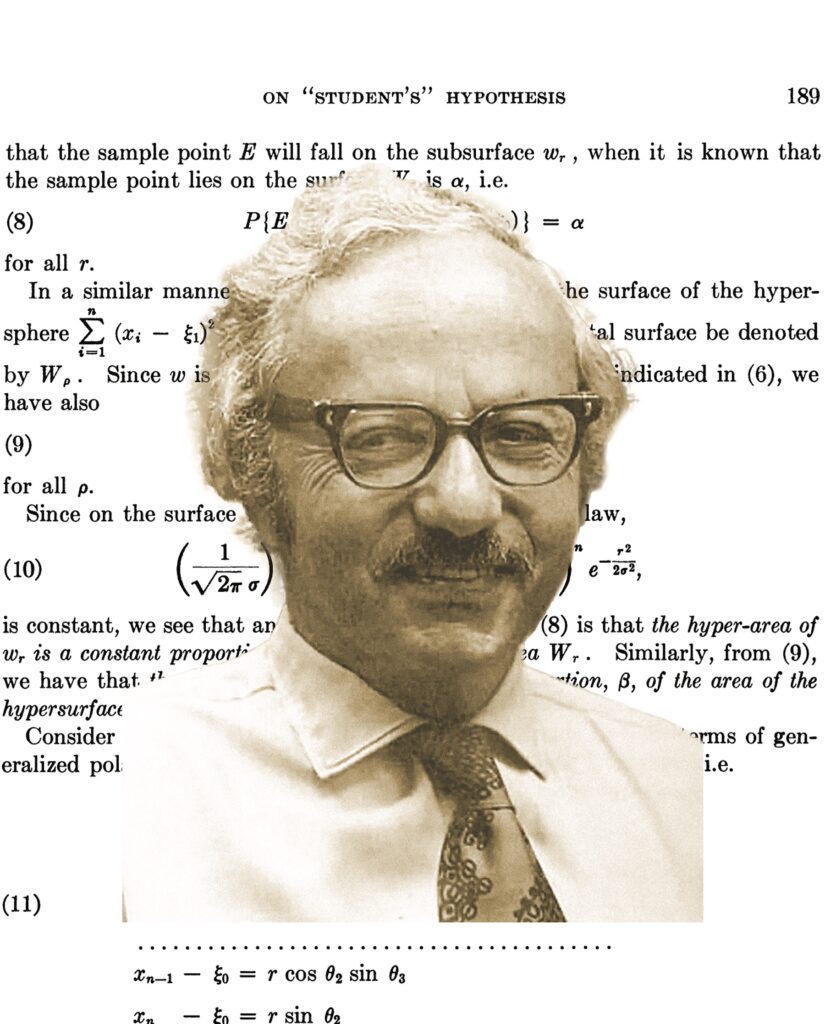
Remember the central premise of the 1997 film? The Matt Damon character, Will Hunting, is working as a college janitor when he casually works out some impossible math proof he finds on the chalkboard, revealing himself to be a genius. Well, the real story that inspired it happened at Berkeley in 1939. Graduate student George Dantzig, Ph.D. ’46, arrived late to his statistics class one day and only had time to write down the two homework problems on the board. Six weeks after he handed in his answers, he was awoken by his professor pounding on his door, offering to write the introduction to his paper. The problems Dantzig took as homework were actually two of the greatest unsolved problems in statistical theory. Boy’s wicked smaht.
Asian American

Before Emma Gee and Yuji Ichioka, M.A. ’68, founded the Asian American Political Alliance (AAPA) in Berkeley in 1968, the “polite” term for Asians in America was Oriental, as in eastern/not occidental. The coinage Asian American was intended to bring together various Asian ethnicities under one more accurate and politically effective term.
Vitamin E

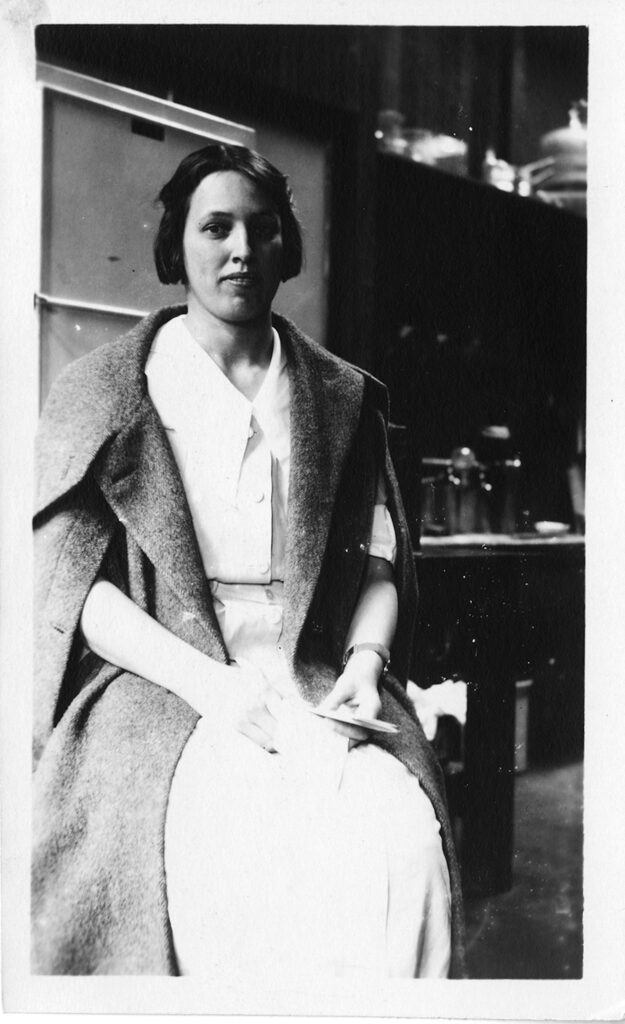
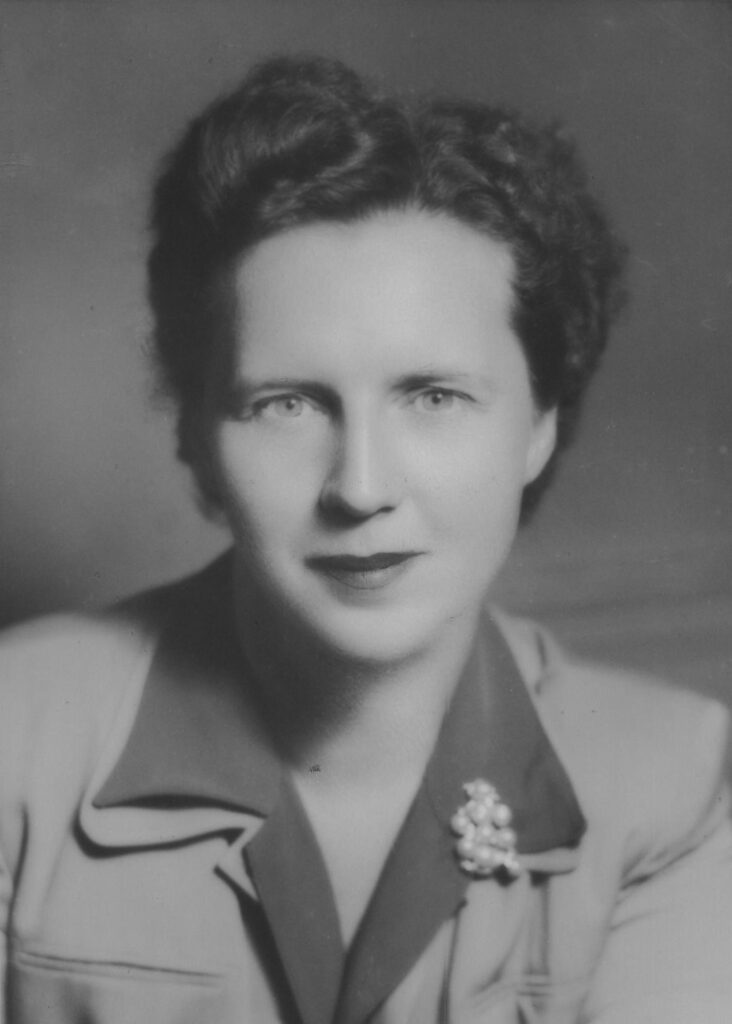
In 1922, Katharine Scott Bishop and Herbert McLean Evans were experimenting with dietary deficiencies in rats when they discovered a nutritional factor found in wheat germ that was crucial to rat reproduction. At first they called it Factor X. Later dubbed Vitamin E, it was isolated in pure form in 1935 by Berkeley biochemist Gladys Anderson Emerson, Ph.D. ’32.











